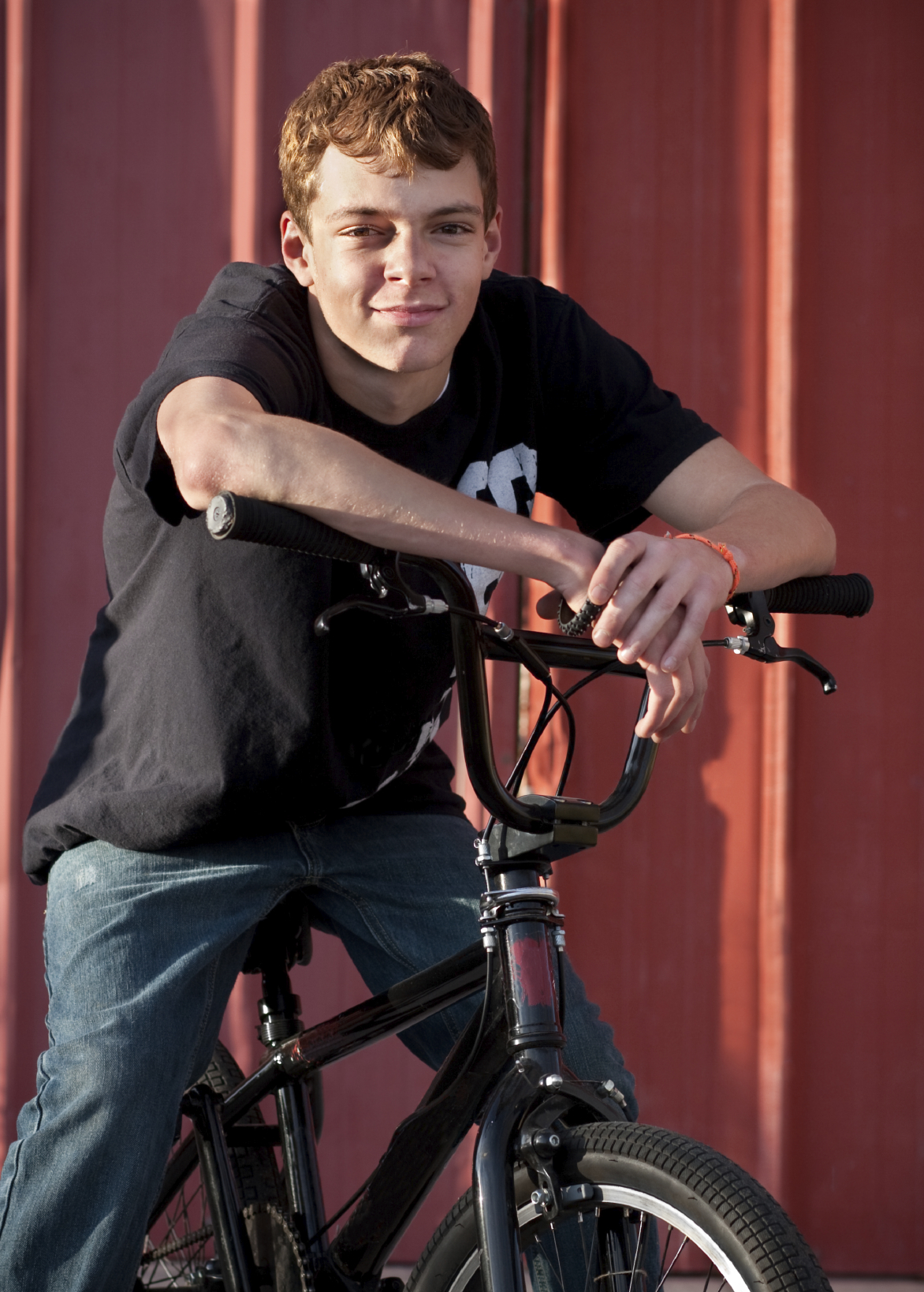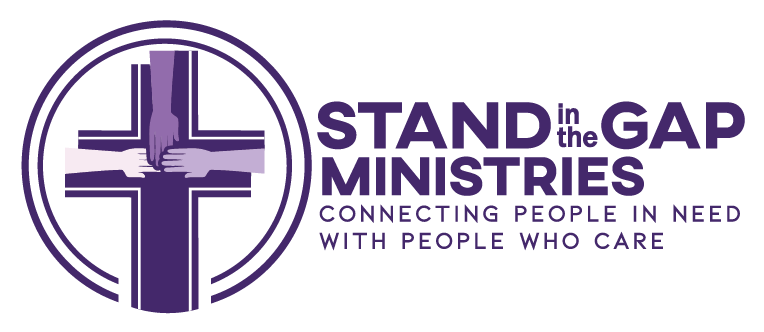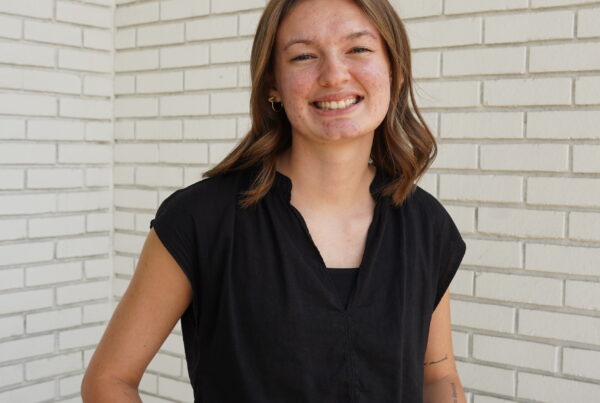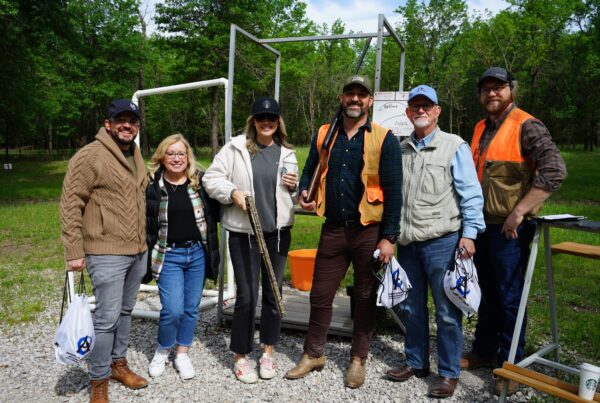
Adverse Childhood Experiences (ACE) have the potential to affect an entire life.
For some people (including the young adults we serve through Life Launch) these adverse experiences create physical, emotional, and relational “scar tissue” that will never leave them. Effects of ACE come in many forms, but can look like chronic pain, substance abuse, premature death, self-destructive behaviors.
Over the last several years, we’ve closely watched the results of academic ACE studies. We’ve used those scholarly results to inform how we mentor and interact with young adults from hard places.
2020 brought its share of adverse experiences for all of us. But it also brought more awareness of ACE and proactive strategies from schools, therapists, and communities to respond effectively.
The best news about ACE (and about our Life Launch program) is that the effects of these adverse experiences can be negated. Research shows that, “Protective and Compensatory Experiences (PACE) are known to act as buffers or insulators against trauma, as well as promote healing. Most prominent is the unconditional love of a parent or mentor.”
Right here in our own hometown, the Tulsa World published a powerful series called “Breaking the Cycle”. The eight-part series examined how ACE is affecting our state, and what we can do about it. (Oklahoma has the unfortunate distinction of leading the nation in childhood trauma.)
As we head into 2021, we are looking back at that series. Here’s what we are taking with us into 2021.
”At his psychiatry clinic, he saw firsthand how a lifetime of unhealthy habits wear on a person suffering post-traumatic stress disorder after a serious threat to his or her well-being.
“It dates back as much as anything to their behaviors and how they live their lives daily,” said [Dr. Gerard] Clancy, who remains a prominent leader in Tulsa’s mental-health network. “They walk in with the biggest QuikTrip thing of sugary Coca-Cola as possible. And as soon as they’re done seeing me, they go outside and smoke.
“Part of that is how their brain has been wired.”
”Trauma at a young age can negatively alter or stunt cognitive development, creating undesirable genetic changes that may even be passed onto future generations, some studies show.
”-“ [Smoking, drinking to excess, and drugs] were solutions to a larger problem,” [Jennifer] Hays-Grudo said. “The larger problem is the fact that either you are a child being abused or neglected and feeling hopeless, or you’re an adult who didn’t develop the ability to soothe and regulate your emotions when you’re stressed.
“And in fact, your body didn’t develop the ability to help you do that. You might want to do that, but your body is programmed to get upset and stay upset because life is dangerous. That’s what your body learned as a child.”
”Carrying a high ACE score doesn’t mean that a dire trajectory is set in stone.
Scientists already know how to counteract harm imparted by ACEs, which is especially critical early on because rewiring the brain becomes increasingly difficult as time passes.
PACEs — protective and compensatory experiences — are known to act as buffers or insulators against trauma, as well as promote healing. Most prominent is the unconditional love of a parent or mentor.
Other mitigating factors for trauma are strong friendships, mindfulness, exercise or physical activity, and hobbies or clubs. Think sports, band, 4-H, scouts, church, a coach or teacher.
PACEs provide opportunities to build the brain architecture that allows a person’s body to calm physiologically and learn positive habits and behaviors in the present and carry them into the future, said Hays-Grudo, of Tulsa’s Center for Integrative Research on Childhood Adversity…“ACEs are not a death sentence. I know many people with high levels of ACEs who live very happy and productive and good lives.
“And that’s generally because they also had many other good things going on in their lives.”
”Consider the legs of a child who suffered from polio.
Even when cured of the crippling disease, the developmental opportunity or period for those muscles was lost, Hays-Grudo said. So polio survivors had to use leg braces for the rest of their lives, despite the absence of the disease.
“We see some of the same effects in the brain,” Hays-Grudo said. “There are sensitive periods where if the brain does not get the kind of stimulation it’s expecting as a human being — as a species, we expect certain things to happen in development — if it doesn’t happen, it’s much more difficult later on.
“It can happen. The brain can make up for it later, but there’s a lot of difficulty.”
”Leaders from government, education, and mental health and social services say there is a growing consensus to attack the root causes of Oklahoma’s extraordinary rates of incarceration, divorce, child abuse, heart disease and cancer deaths.
”In a nutshell, being “trauma-informed” means educators and others working with children must ask themselves what happened to a child rather than “What’s wrong with them.”
”-“Often times, the parents have experienced the same kind of trauma,” [Joe] Dorman said. “And the parents may not even realize how they are passing those experiences on to their children…
“If we don’t deal with these kids in the early years,” Dorman said, “we’ll have to deal with them as adults in the correctional system.”



